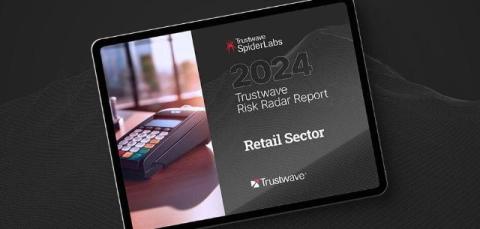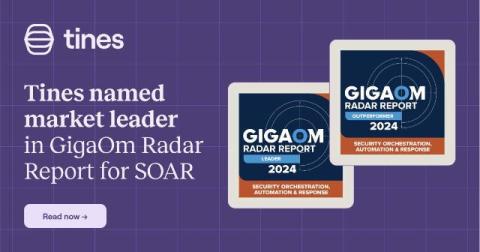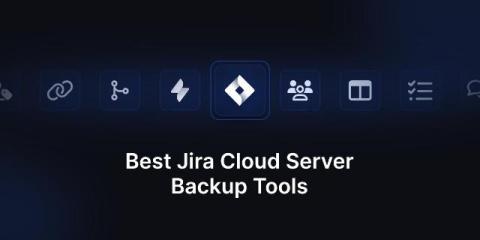What's new in Tines: October 2024 edition
We’re kicking off a new series called the Tines Lookback where we sit down with our Product team, Engineers, and Designers to showcase some of the recent projects they’ve been working on in Tines. It’s filled with conversations that can help you understand how to make the most of these features.











